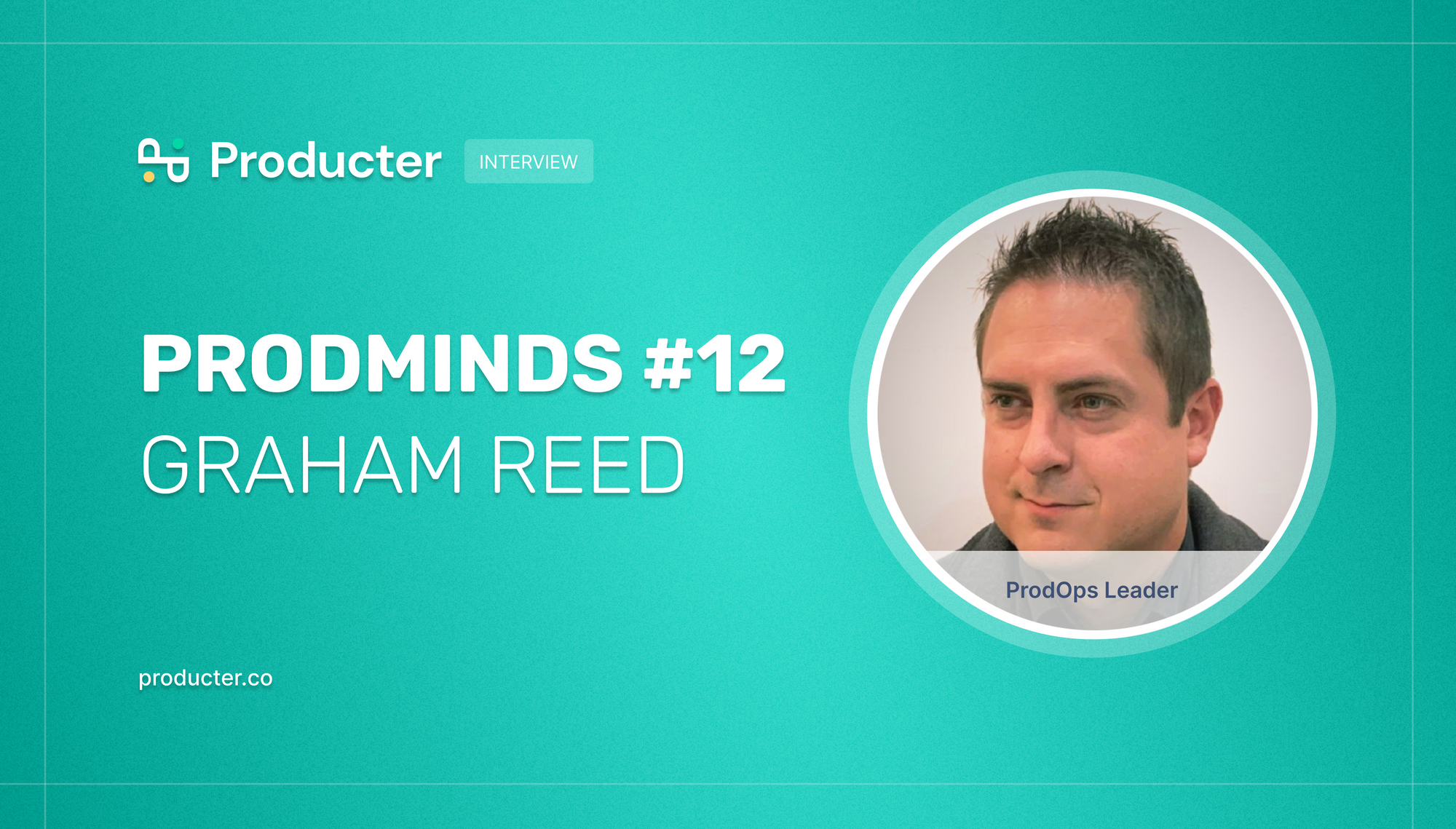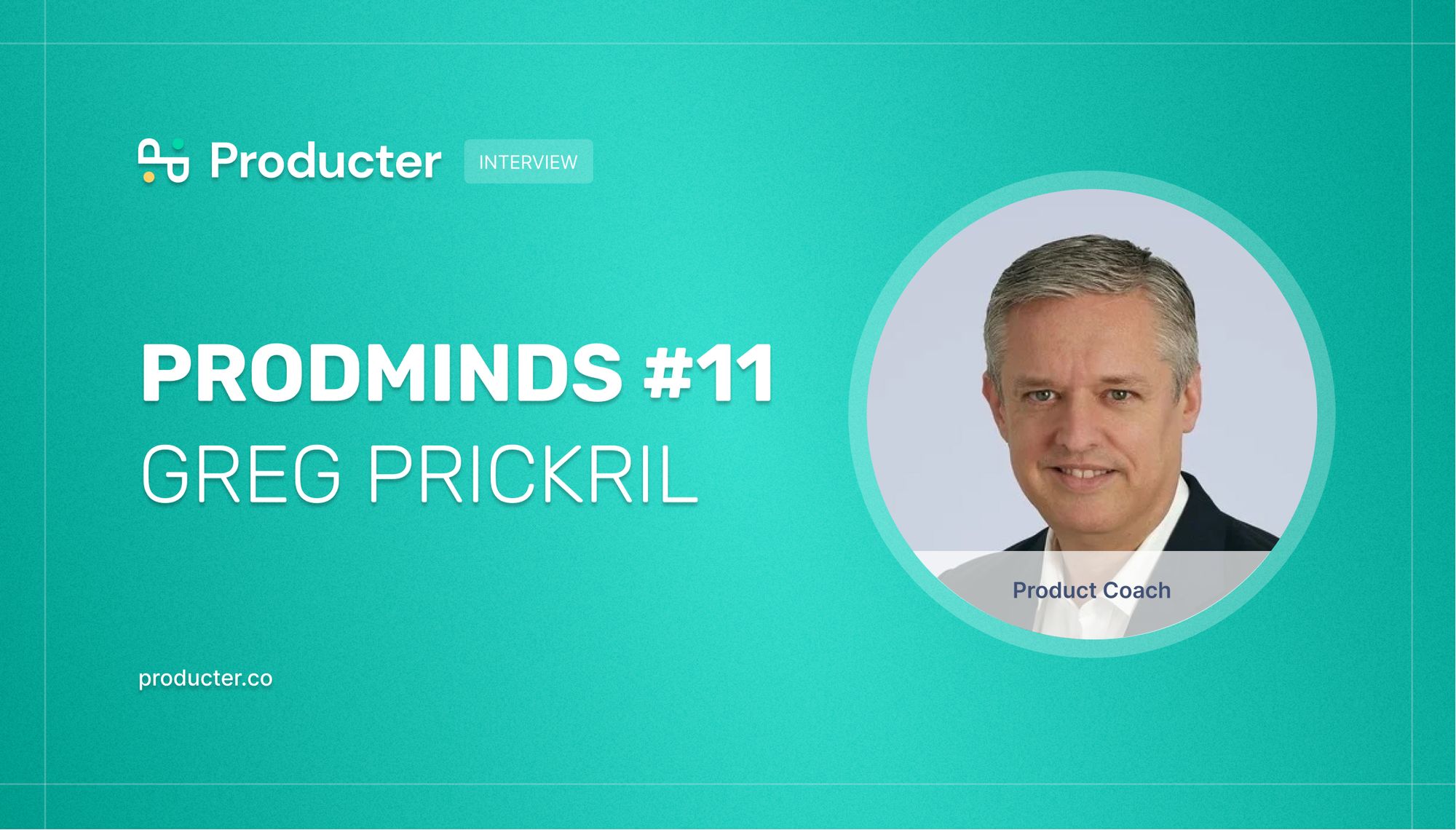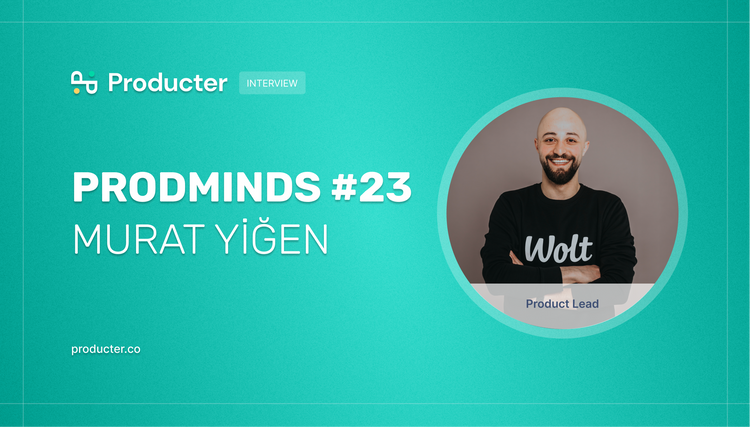Team Producter: Hello Anup! Would you tell us a bit about you and your career path in product growth?
Anup: Currently, I’m Head of Growth at Routespring, providing a payment-less experience to business travelers. However, what I’m today probably has nothing to do with my past career :)
I had been a mining engineer - not data mining, but diamond & iron ore mining. I left my job in 2014 to pursue MBA at George Washington University, gained business knowledge, and prematurely worked on starting my own travel company - which was a total failure. Fortunately, my entrepreneurial passion led me to a product management position in an early-stage startup. It gave me great exposure to product & growth management, and I “grew” to become head of growth.
Team Producter: How does product-led growth strategy help companies? What companies should benefit the most from it, since one size does not fit all?
Anup: I will start with your second question first. The obvious ones to benefit the most from product-led strategy are the SaaS businesses. But I believe every business in today’s world will benefit from a product-led strategy. How? Just think of anything that any person would need in their life - hair salon, food/ grocery, household items (furniture/ appliances/ …), etc. - everything starts with an online search. Every physical, digital or intangible product is now reviewed online and that’s where most shopping experiences begin. So no matter what the business, every product has to have a great “digital experience” to succeed.
Now, coming to your first question - I believe the product-led growth strategy helps companies to taste the real-market much faster than traditional sales-led growth models. You can run agile experiments and learn the market dynamics more effectively. Also, fundamentally, buyer behavior is changing as well. Nearly 75% of B2B buyers say they’d prefer to buy online instead of a salesperson. So, in a way, it’s also inevitable for companies to adopt product-led growth strategies.
Team Producter: Free trial and freemium pricing strategies have become very common in startups in recent years. Some even combine the two. Are you more likely to prefer freemium or free trial?
Anup: The idea of a free trial is to provide full product access to the buyers for a limited time period. The advantage is that the buyer can get a complete product experience and evaluate how it helps them do their job more efficiently using this product. However, the downside is that it is only for a limited time. Not every buyer is savvy enough to try out the full product in a limited time - they need time to get used to the product and adapt their life to it. So if your product is fairly complex, a free trial is not really helping your buyers make a good decision - even if they start paying for it, they may eventually get disappointed if their initial expectations are not met.
On the other hand, the Freemium model gives limited access to the product for free, however, it gives buyers unlimited time to get used to the free features. As their usage increases, they will start realizing the value of the product in their life and may eventually explore more ways to make their life easier i.e. upgrade to a premium plan. Now adding a free trial on top of the freemium model can help reduce the friction in upselling the advanced product functionality.
Overall, I think these pricing strategies depend on the product. If your product is easy to adapt to, a free trial may make more sense. But if it is not, then freemium (and/or combination with free trial) may make more sense.
Team Producter: What tips or tricks can you suggest for businesses that want to increase user activation?
Anup: To increase user activation, you’ll need to make the user onboarding as frictionless as you can. Remove all the unnecessary steps that come in the way of an “aha-moment”. I recommend reading the book “Product-Led Onboarding” by Ramli John.
Besides removing friction in onboarding, you can consider incentivizing the user to take the action that leads to the desired “aha-moment”. Bonus tip: if you align incentives with the desired value for the user, you’re killing it. For example, if you’re an emailing tool, you can say “connect your email account and get 100 emailing credits”. Another non-PLG but a great example could be credit cards - “spend $1,000 in the first 30 days and get $200 back”.
Team Producter: What do you look for to measure success in product growth? How do you decide whether you are successful or not?
Anup: If you are an early-stage startup, I highly recommend you keep things simple to measure success. Focus more on your growth experiments and not drown yourself in data to measure success.
I propose a simple 3-step process to measure your success:
- First, understand the dynamics of each channel before setting performance goals. Don’t expect the same performance across all channels.
- Second, set benchmarks. Look for market trends or competitor performance, or even ask around in your network.
- Lastly, establish a process to monitor & evaluate performance. Tally the performance on a weekly basis with your growth sprints.
You can read my article on Product Led Growth 101, where I explain how measuring simple metrics can make a difference in your understanding of success.
Producter is a product management tool designed to become customer-driven.
It helps you collect feedback, manage tasks, sharing product updates, creating product docs, and tracking roadmap.

You may also like:








